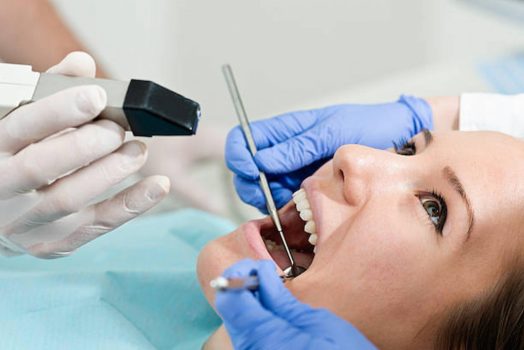Gynecomastia, otherwise known as ‘man boobs,’ is simply a medical term given to a condition that affects men where the breast tissue in the affected man enlarges.
Male gynecomastia definition from fat is similar to the standard medical condition’s definition as obesity is one of the many reasons why the condition manifests in a male body! Men of all ages can get affected by this medical condition.
What causes gynecomastia?
Gynecomastia impacts men of all ages and is not always, but often the result of hormonal imbalances!
Newborn male tend to have large breasts which is simply a natural side-effect of their mother’s estrogen that is still in their blood. This subsides as the male grows up but a hormonal imbalance can trigger this again especially during puberty.
Gynecomastia also occurs in older men, which is a telltale sign that the testosterone levels in the blood of the elderly man are lower than the estrogen levels.
As men proceed to the later years of their lives, they can often experience a decline in testosterone levels and an increase of fatty tissues accumulating in their chest region. This, if left untreated, could lead to senile gynecomastia!
Apart from these, several other causes lead to gynecomastia. Some of them are as follows –
· Obesity
· Malnutrition
· Liver disease
· Hyperthyroidism
· Hypogonadism
· Prostate cancer
· Kidney failure
Gynecomastia could also manifest in men who tend to abuse recreational and prescription drugs such as –
· Marijuana
· Heroin
· Anabolic steroids
· Corticosteroids
· Digoxin
· Calcium channel blockers
· Flagyl
· Propecia
· Spironolactone
· Valium
· Zantac.
Diagnosing gynecomastia
When a male individual is experiencing excruciating pain in their chest tissue then it could be a telltale sign of the early stages of gynecomastia!
Another way of diagnosing whether one has gynecomastia is to look for a lump of fatty tissue in the chest tissue. This lump of fatty tissue could also build-up beneath the nipples thus causing the same to swell and become sensitive to touch!
Treatment
There are both surgical and non-surgical treatments for gynecomastia. Here is a brief overview of them in the following sections –
Surgical
There are three most effective and commonly suggested surgical treatments for gynecomastia.
They are as follows –
· Liposuction
· Excision and
· A third treatment that is simply the combination of the two procedures above!
Non-Surgical
Non-surgical treatments for gynecomastia are non-invasive since it consists mainly of the implementation of therapies consisting of the following –
· Therapy using androgens (such as testosterone, dihydrotestosterone, and danazol)
· Therapy using anti-estrogens (such as clomiphene citrate and tamoxifen), and
· Therapy using Aromatase inhibitors (such as letrozole and anastrozole).
Gynecomastia is a condition that affects a significant portion of the global population of males. Medical concerns pertaining to the conditions are scarce but males diagnosed with the condition, go through a lot of emotional turmoil! With that stated, whether one is planning to go for surgical or non-surgical treatment for gynecomastia, a board-certified surgeon should be consulted, for the best results!




